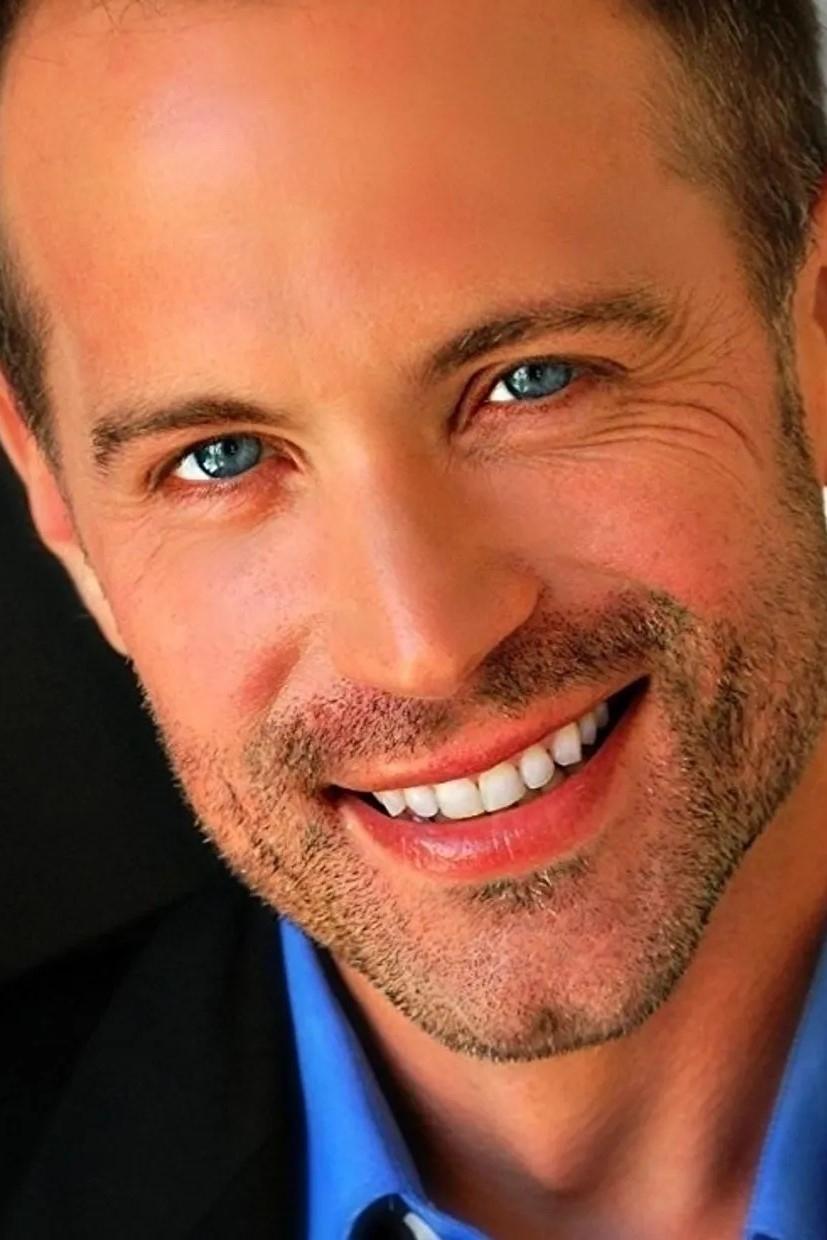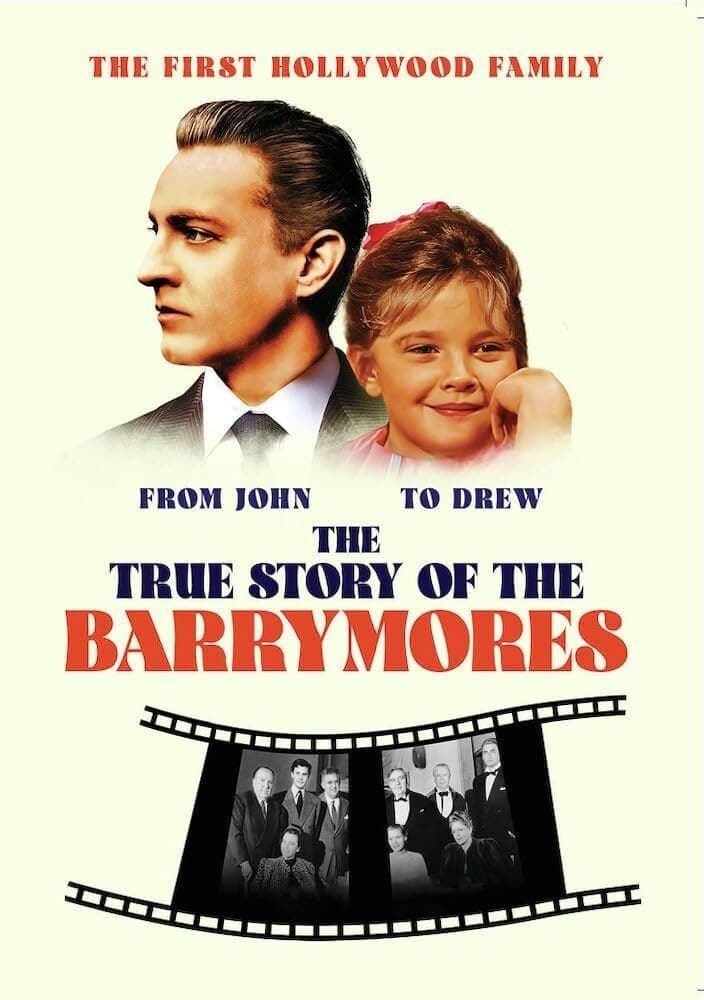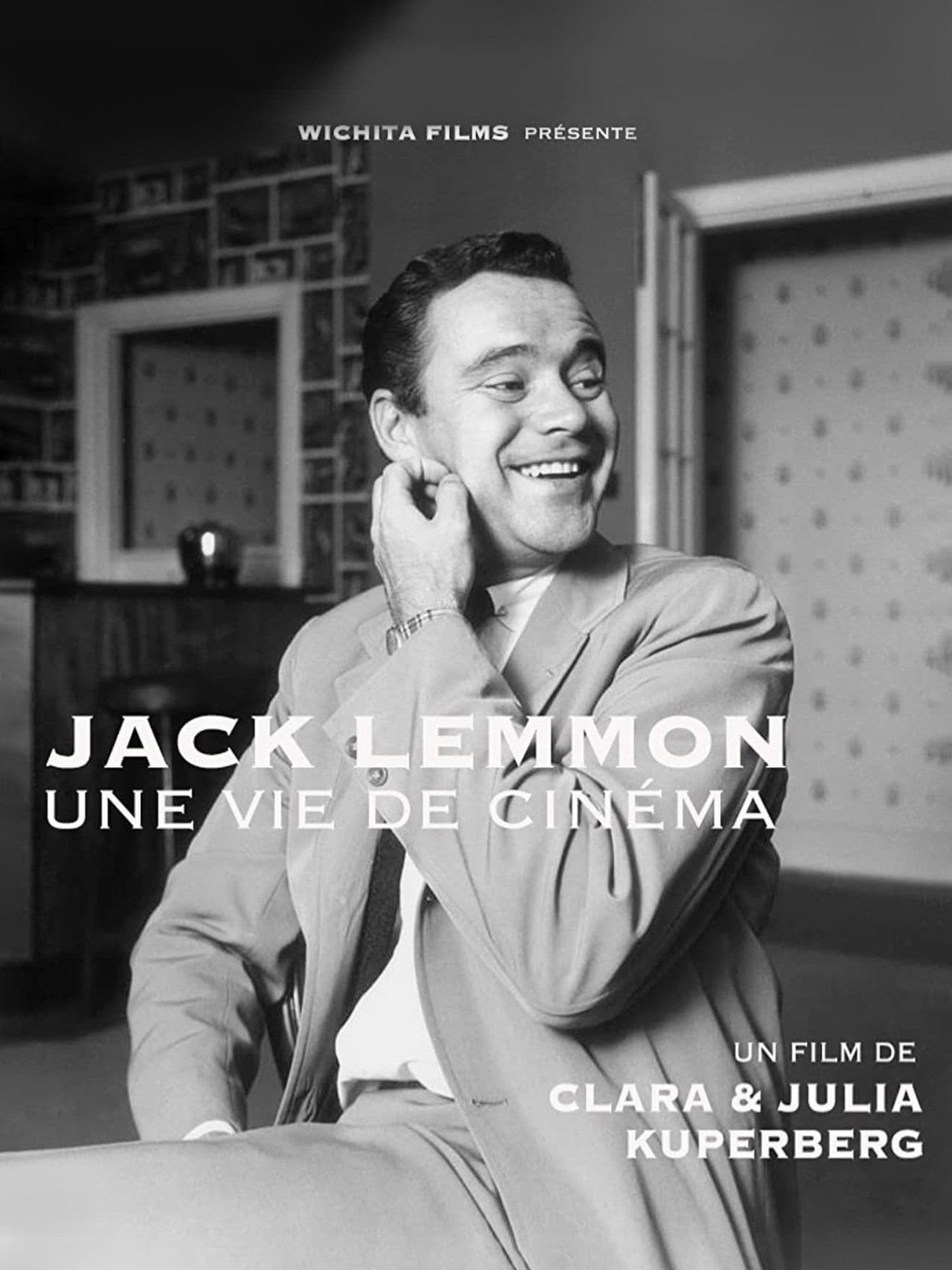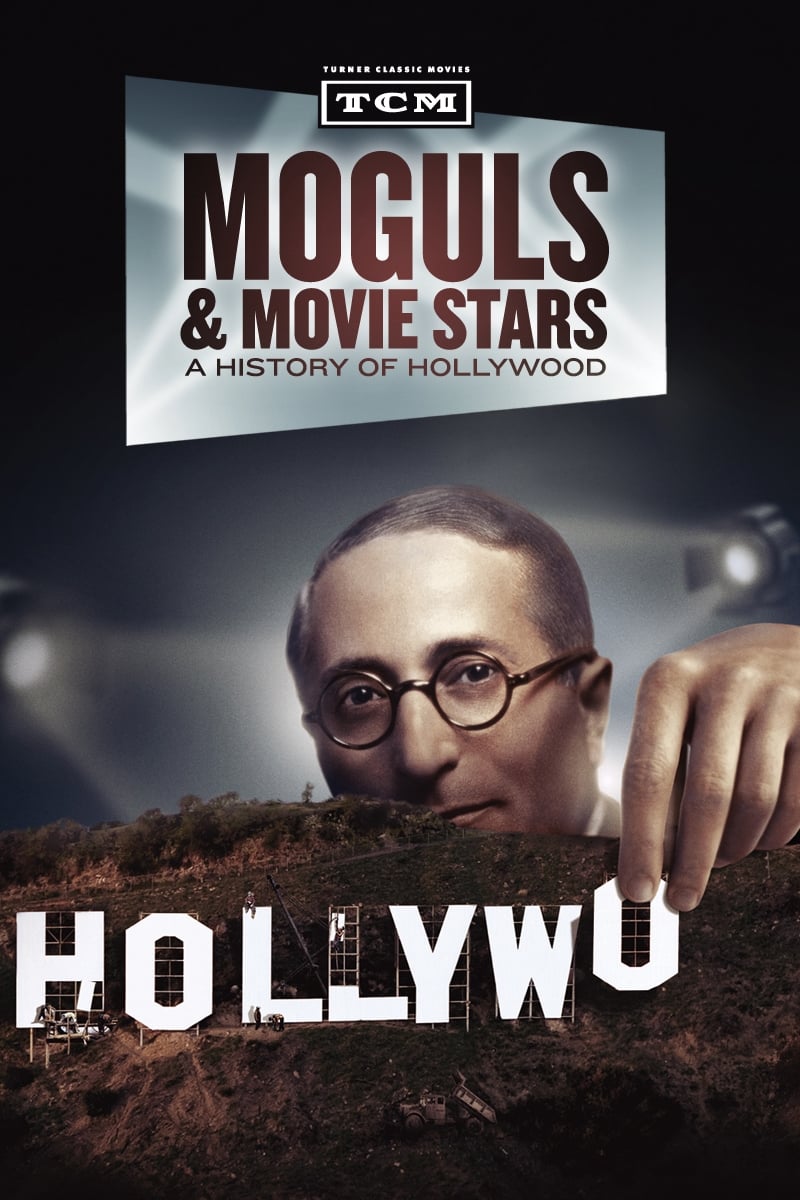

The True Story of the Barrymores is the story of 3 generations of actors who, from the birth of cinema to the advent of social networking, left their mark on the entertainment industry. It is also the story of a cursed generation and a legacy that will be saved in the early 80s by the cry of a 7-year-old girl. Her name is Drew Barrymore.

Dorothy Arzner was Hollywood's most powerful director, though History has forgotten her. She began working in the film industry at 19 as a "cutter" before the advent of editors, and gradually worked her way up through the studio system. Determined and ambitious, she was accepted as a director at Paramount, as the first woman to direct a talking picture for the star Clara Bow. A true pioneer of the cinema, she was the only woman director at a major Hollywood studio in the 1930s and 1940s, openly lesbian, dressed like a man, making movies "avant-gardiste" about women's condition. She was a mentor for Francis Ford Coppola, who considers her as one of the most important woman directors of Hollywood.

Portrait of a deceptively smooth "everyman", whose excessiveness as a great actor Billy Wilder was able to reveal with a bang in the seven films they shot together, including "Some Like It Hot", "The Bachelor's ", "Irma the sweet" and "Avanti, avanti".

During the 1930s anti-Semitism was rampant not only in Germany but also in America. There was a German American Bund and pro-Nazi rallies even filled Madison Square Gardens in New York City. And the US was isolationist. Until Pearl Harbor, then, everything changed. Spymasters throughout the 20th century, and particularly during times of conflict, thought it advantageous to enlist the services of celebrities who had high level and powerful "fans" in various industries, many with easy access to politicians and high ranking government officials. Hollywood, as we now know from declassified National Archive documents, aided in the mobilization for war and its people contributed as spies, combatants, propagandists, documentary and fund-raisers, entertainers, and morale-boosters. Hundreds of celebrities eagerly answered the "call to arms" and brought their talents and patriotism to the intelligence services, military and war information offices.

Each installment focuses on a different era of American movie history, from the invention of the first moving pictures to the revolutionary, cutting-edge films of the 1960s.
By browsing this website, you accept our cookies policy.